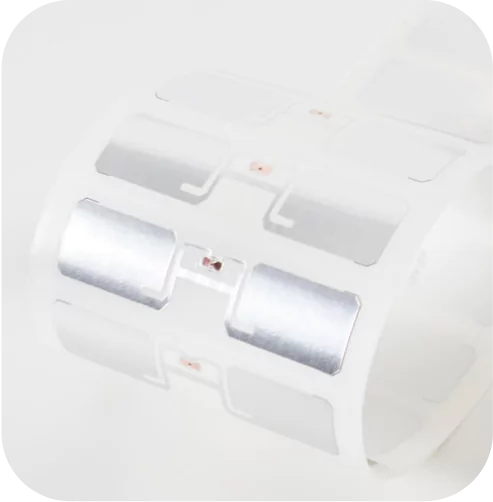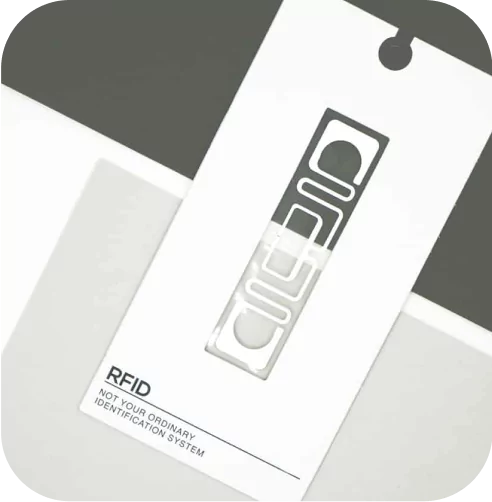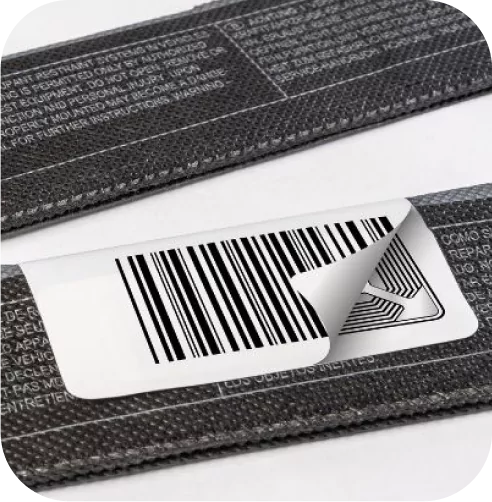RFID Sticker
RFID Tag Label Sticker Supplier Malaysia
At Packtica, we provide customizable RFID tags and labels as well as Active and Passive labels, depending on which is more suited for your business. Our RFID tag label uses high-performance inlays and chips and is made with the best adhesives and materials available in the market, ensuring overall quality and consistency in every single label.
Our service
Why RFID Label for Business?






Types of RFID Labels




RFID Tag Type
Frequency
Range and Speed
Interference
Applications
Low frequency (LF)
30 - 300 KHz
Approximately 10cm and slow reading
High resistance to interference
Access control or traceability, but they are being replaced by HF tags
High frequency (HF)
3 - 30 KHz
10cm - 1m and medium reading speed
Moderate resistance to interference
Receipts, personal identification, card payments, automated warehouse systems or data transfers
Ultra-high frequency (UHF)
300 MHz - 3 GHz
Up to 12m and high reading speed
Very sensitive to interference
From manufacturing to the end user in applications such as retail, pharmaceuticals or manufacturing and transport
Options and Capabilities.
Frequently Asked Question
RFID (Radio Frequency Identification) tag label stickers are smart labels that use radio waves to communicate information. They consist of an embedded RFID chip and antenna that store and transmit data to an RFID reader, enabling quick identification and tracking of products.
Industries such as retail, healthcare, manufacturing, and logistics benefit significantly from using RFID tags for tracking inventory, managing assets, ensuring product authenticity, and streamlining operations.
Yes, RFID tags can be customized in terms of size, shape, frequency, and data storage capacity. They can be tailored to meet the specific requirements of different industries, such as retail, logistics, and asset tracking.
RFID tags are typically durable and can last for several years, depending on the environment and usage. Passive RFID tags, which do not require a power source, tend to have a longer lifespan compared to active tags.
RFID technology can be limited by factors such as interference from metal or water, higher costs compared to traditional barcodes, and potential privacy concerns if not properly secured.
